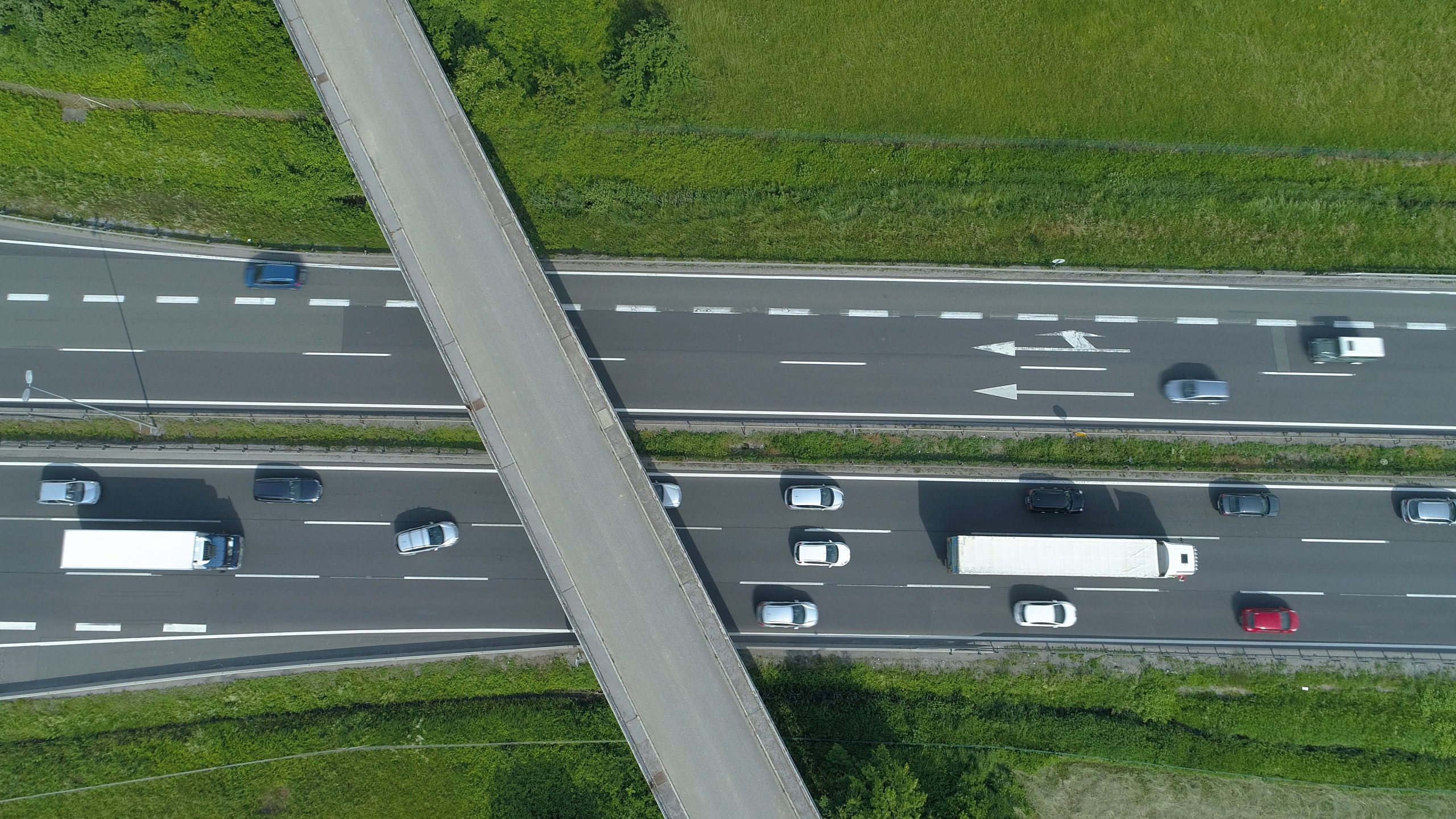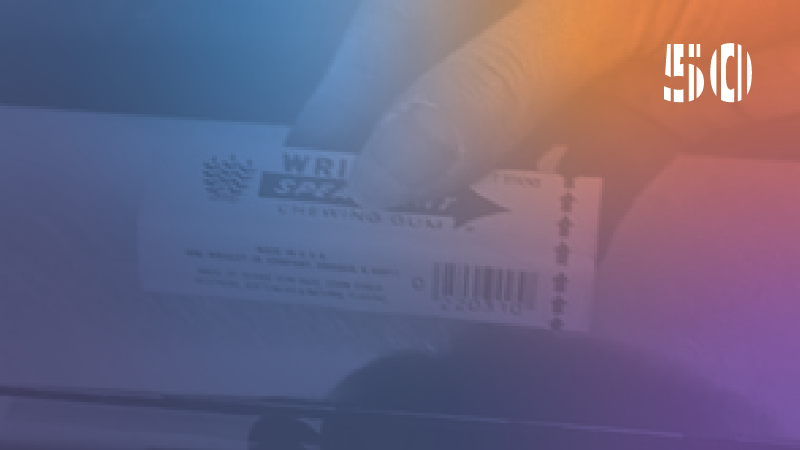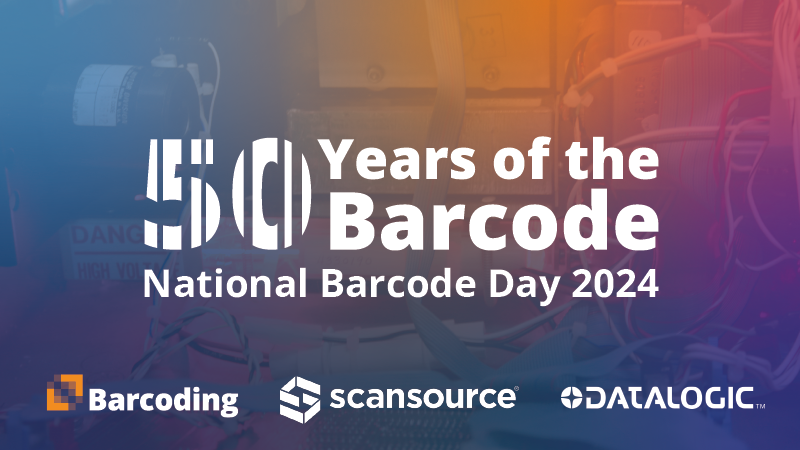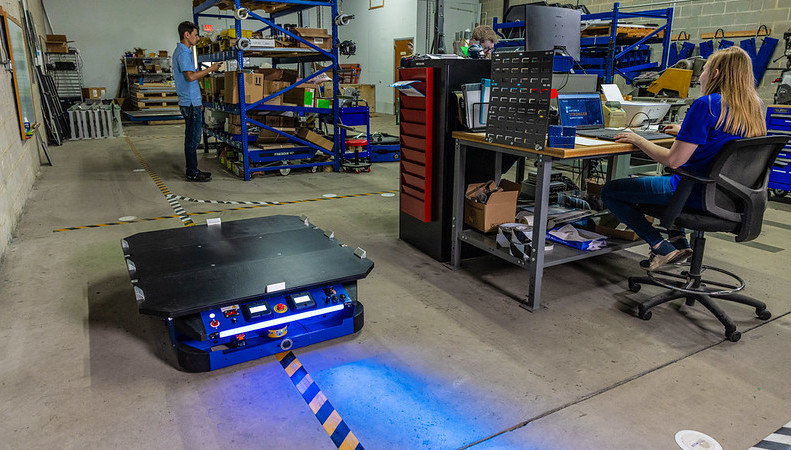Thanks to all of you who attended our third Barcoding Huddle! We had some very interesting discussions around the different technologies used today to improve fleet safety. Attendees heard directly from Barcoding’s team and from experts from Lytx, Surfsight, and Virginia Tech Transportation Institute. If you weren’t able to attend the event or just want to check out a recap of what we covered, keep reading for some highlights and a chance to watch the recording.
FEATURED SPEAKERS
Ken Currie, Barcoding’s VP of Business Development, led the discussion; he was joined by:
- Del Lisk, VP of Safety Services at Lytx
- Chris Steineke, VP of U.S. Sales for Surfsight
- Matt Camden, Senior Research Associate at the Virginia Tech Transportation Institute
THE TOPIC: THE POWER OF MI AND AI TO IMPROVE FLEET SAFETY
The Huddle opened by framing the Huddle around the common denominator as we think about and evaluate technologies: drivers. Driver trust, driver safety, and new technologies designed to empower drivers.
There are a number of technologies being utilized today to improve driver performance and safety, some of which combine video telematics systems with fleet camera systems powered by machine vision and artificial intelligence (AI). The combination of capabilities enables fleet managers to change driver behaviors over time, using real-time feedback based on insights gathered from data being generated by sensors. This is a game-changer when you compare to relatively simplistic methods like automatic braking.
CRITICAL RESEARCH
As one of the largest university-based transportation institutes in the world, Virginia Tech Transportation Institute searches for ways to make our vehicles, roadways, and drivers safer, eliminate fatalities, and reduce the number of serious crashes. Matt Camden shared a variety of statistics—some rather staggering—about our roadways and their risks. He also spoke about how the insights generated by their research are used: Not only are they used to help protect people, but they contribute to transportation-related product improvements that lead to greater efficiencies (and the related cost and time savings).
THE STATE OF FLEET SAFETY
Some important statistics shared during the discussion around the state of fleet safety today highlight the growing need for technology that not only reacts to driver actions, but can predict what can occur as a result of those actions:
- Fatal crashes were up 8% last year
- Fatalities per miles driven were up 24% from 2019 to 2020
Fortunately, technologies that target driver behaviors—often the cause for crashes—are becoming more sophisticated and easier to use (which makes them more likely to be accepted by the driver). The breadth of solutions includes telematics, video driver monitoring systems, and more, all of which are huge improvements over traditional systems.
SMART ENOUGH TO LEARN
The beauty of today’s technology lies in its ability to learn. The data that’s collected from all the sensors throughout the vehicle (inside and out) actually teaches the system to recognize individual driver patterns; as more and more data is generated, it learns to anticipate driver actions and their potential risks.
The driver learns, too:
“Drivers don’t think they need to improve because they don’t see what they’re doing. They see what everyone else is doing, but having a video provides that next level—they can actually see their own mistakes and learn from them.”
Today’s technologies make drivers aware, in real-time, of the things they’re doing that are putting them and others at risk – looking away, using a cell phone, eating, etc., and can be alerted immediately. The alerts are essentially a form of “negative feedback” that helps the driver modify their behaviors.
ACCEPTANCE, COST, SIZE
Some additional topics related to implementation were also discussed:
Acceptance. Tools have zero value if they’re not used, but the technologies talked about today make it far more likely that they’re accepted and embraced by the driver—in part because they make the driver part of the process.
Size: The potential to save lives and eliminate costly crashes (one organization has reduced crashes by 50% using video-based monitoring) makes these systems imperative for (and easily implemented in) both large and small fleets.
Cost. Can small fleets afford the technology? We discussed the value of these systems to all sizes of fleets in improving safety. Essentially the message is, “Yes, there’s a sizeable up-front cost, but the value—saving lives— certainly justifies the cost.”
THANK YOU!
The technological advancements being made today are nothing short of amazing, and their value in saving lives is undeniable. It’s important, though, that the technology decision is aligned with how people are going to use it—that’s where Barcoding comes in. Our team has the experience in the industry to help you identify the best solution for your situation and goals.
Thanks again to everyone who was a part of this Huddle. Stay tuned for information about future Huddles and other #SupplyChainGeek events! Until then, watch the recording below:





